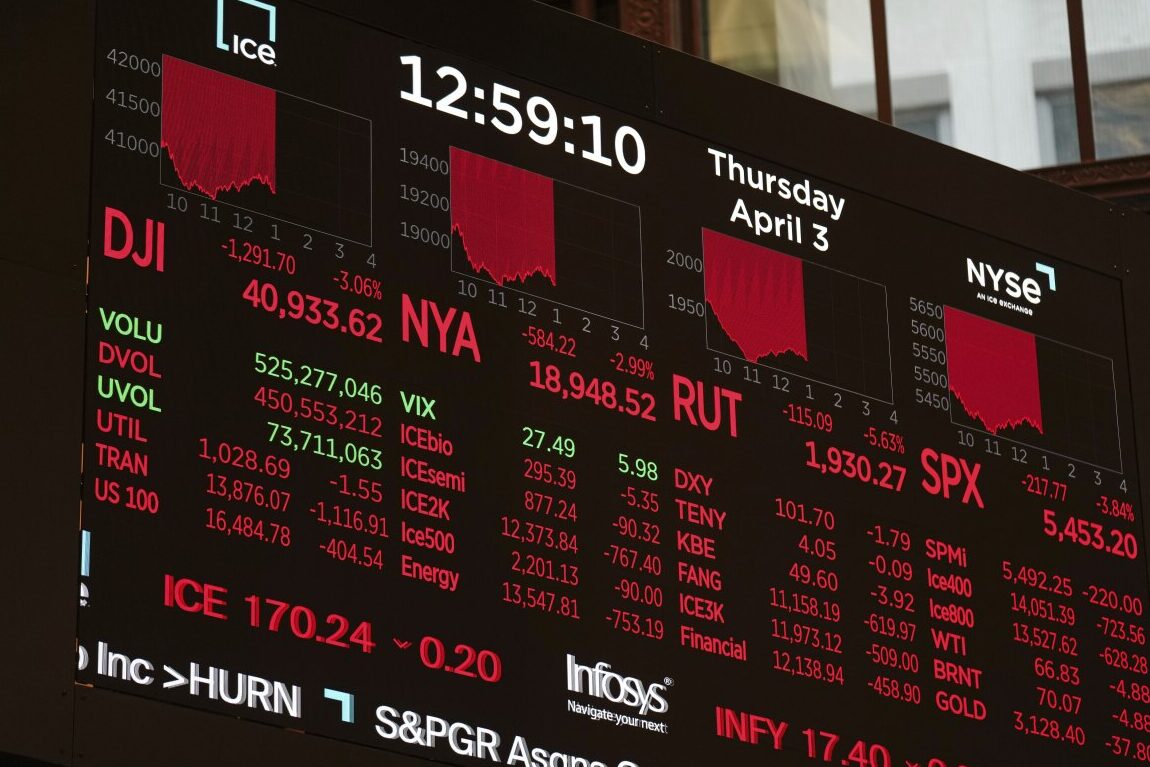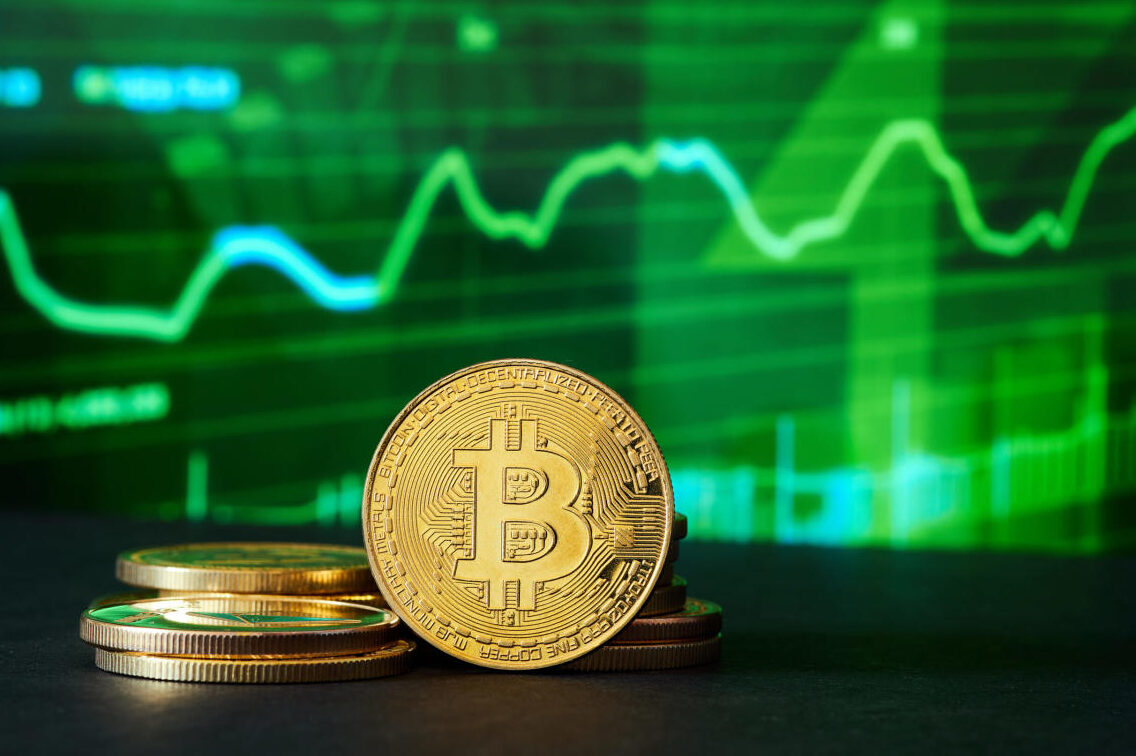Bitcoin Rises Amid Tariff Suspension Impact on Crypto and Stocks

With Bitcoin’s market resilience exhibiting considerable resiliency and stabilizing at higher levels following President Donald Trump’s unexpected declaration regarding a temporary stop on tariffs, the Bitcoin market’s resilience has lately undergone a notable change.
As traders and investors began to expect fresh enthusiasm in crypto markets, the news sparked an optimistic attitude for Bitcoin and other digital assets and crypto-related stocks. Many hope that the declaration of a 90-day tariff respite would result in better economic conditions for digital currencies.
Tariff Suspension Sparks Market Volatility
On April 9, 2025, President Trump declared an immediate suspension of most tariffs, concentrating especially on those placed on China and other trading partners. Many, particularly following weeks of uncertainty about the future of these tariffs, found great relief in the surprising declaration. The ruling also offered a temporary cut in some current responsibilities to 10%, giving domestic companies and world economies rocked by trade concerns some breathing room.

The tariff halt caught financial markets off guard and caused the first waves of market turbulence. The demand for cryptocurrencies showed a far more positive response, while the larger stock markets—including important indices like the Dow Jones—saw a clear downturn. From a price of a little under $77,000 to an amazing $83,000 within hours of the announcement, Bitcoin jumped by more than $5,000. Other cryptocurrencies’ performance mirrored this increasing trend as well. Ethereum surged to almost $1,650, while altcoins such as Solana and XRP enjoyed notable percentage advances.
Bitcoin Boosts Stocks
The announcement set off a positive attitude, not limited to the value of the cryptocurrency alone. Additionally, stocks linked to the Bitcoin price sector saw significant increases. MicroStrategy, a business analytics company significantly committed to Bitcoin, observed nearly a 25% increase in stock. The rise in its stock price directly reflects how investors match their wagers with the performance of Bitcoin and may hedge against uncertainties in conventional financial markets.
One of the biggest bitcoin exchanges, Coinbase Global, also saw a significant increase; its stock price rose by 17%. Stock tied to crypto services, infrastructure, and technologies is enjoying similar positive momentum as more people and businesses express interest in Bitcoin and other digital assets.
Bitcoin’s Market Stability
Many observers credit Bitcoin’s recent stability to the rising view of cryptocurrencies as a possible counter against the risk of conventional market swings. With its distributed character, Bitcoin is less impacted by the types of tariff regulations damaging established companies. It is therefore a possibly appealing investment during geopolitical turmoil or economic turbulence since it often performs differently than conventional assets such as equities or bonds.
Market analysts warn that even with Bitcoin’s price rising after the tariff declaration, the market is still erratic, even if Bitcoin and other cryptocurrencies have grown more popular and sought value. Although its long-term stability is still up for discussion among economists, Bitcoin’s price can change drastically briefly. Some analysts see the current surge in Bitcoin’s price as due to a larger market trend of looking for alternative assets during uncertain times, particularly as long-standing global inflation worries loom large.
Tariffs Bitcoin Markets
While the tariff postponement helped the bitcoin market, the larger financial scene experienced more conflicting reactions. Following Trump’s tariff declaration, traditional financial markets—especially stock indices—shifted drastically downward. Fears of a further economic downturn as companies negotiate the effects of the trade war rocked world markets. With the FTSE 100 plunging by almost 4% and Japan’s Nikkei down nearly 9%, major stock indices in Europe and Asia saw significant losses.

The stock market’s performance contrasted sharply with the price of Bitcoin as it climbed. This dynamic exposes a basic gap between digital currency and conventional financial assets. Although stocks are closely related to the success of businesses and are mostly affected by trade policies and tariffs, their distributed character offers a special kind of insulation to such regulations. Consequently, it keeps showing up as a good substitute asset class for people looking for consistency in an increasingly erratic world economy.
Cryptocurrency as Hedge
The recent tariff halt has sparked discussions on the possibility of cryptocurrency as a substitute repository of wealth. Marketing Bitcoin as “digital gold,” a possible inflation and economic stability hedge, has helped it become popular recently. Many investors have turned to cryptocurrencies as a means of safeguarding their capital while central banks worldwide respond to inflation and economic crises by still printing money.
Though temporary, the 90-day tariff suspension has spurred fresh hope for wider institutional acceptance of Bitcoin. Digital currencies like Bitcoin offer an asset class that runs outside government policy and global financial institutions, as conventional financial markets confront rising dangers and uncertainties. Previously erratic, Bitcoin’s price has been stabilized in part by this fresh wave of interest.
Final thoughts
Looking ahead, the traditional financial markets and the bitcoin scene will depend critically on the next three months. Market analysts and investors will pay great attention to the tariff pause’s economic consequences. Should President Trump’s choice lead to increased economic growth, it might set off more global market stability, therefore boosting conventional assets and digital currencies.
Though Bitcoin’s recent performance is remarkable, it is crucial to remember that the cryptocurrency market is still very speculative and erratic. Although the tariff announcement has helped Bitcoin show some stability, other world developments, such as changes in monetary policy or legislative crackdowns, might rapidly shift the scene. Considering the possibilities and hazards involved in investing in digital assets, investors are encouraged, as always, to stay cautious and diversify their portfolios.




